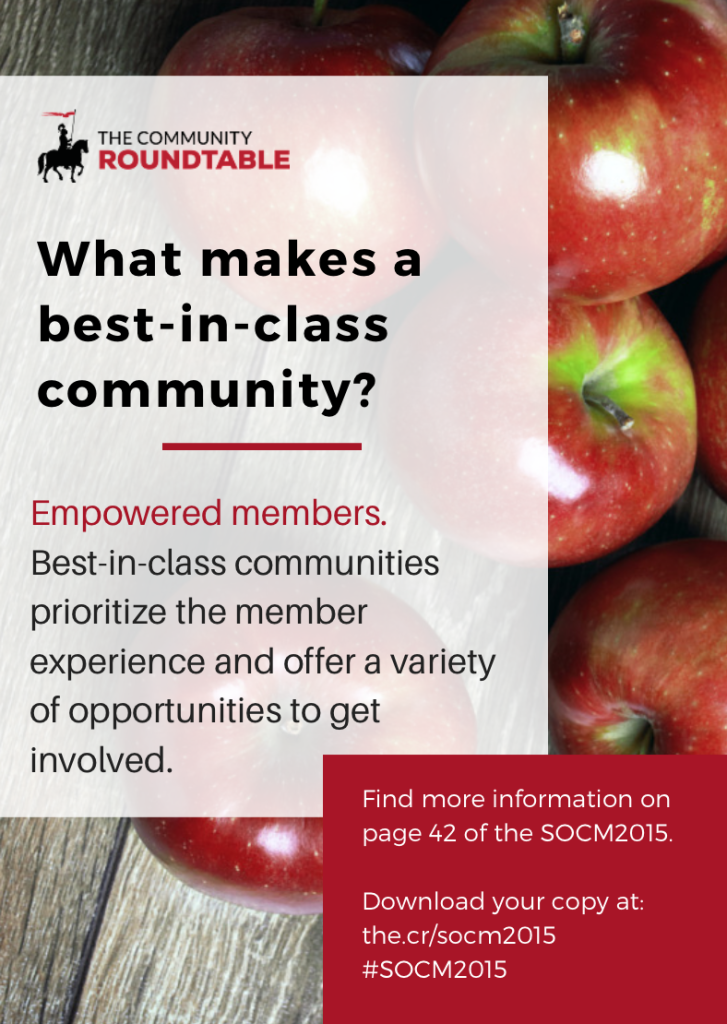By Ted McEnroe, Head of Research at The Community Roundtable.
That’s P as in people. Anyone with a history in community can tell you that investing in people can have a major impact on your community performance. But when you look at the data from the State of Community Management 2015 survey, it’s a message that hasn’t been universally received.
The top level numbers are promising, though. 88% of out best-in-class communities, and 72% of respondents overall have a full-time community manager. And of the remaining 28%, only a handful had no one managing the community at all (the rest had part-time staff). That does mean a not insignificant number of communities are still paying tens of thousands of dollars for community platforms and then not investing in getting people who run them – but it is a sign that we are getting past the “if you build it, they will come” stage of community investment.
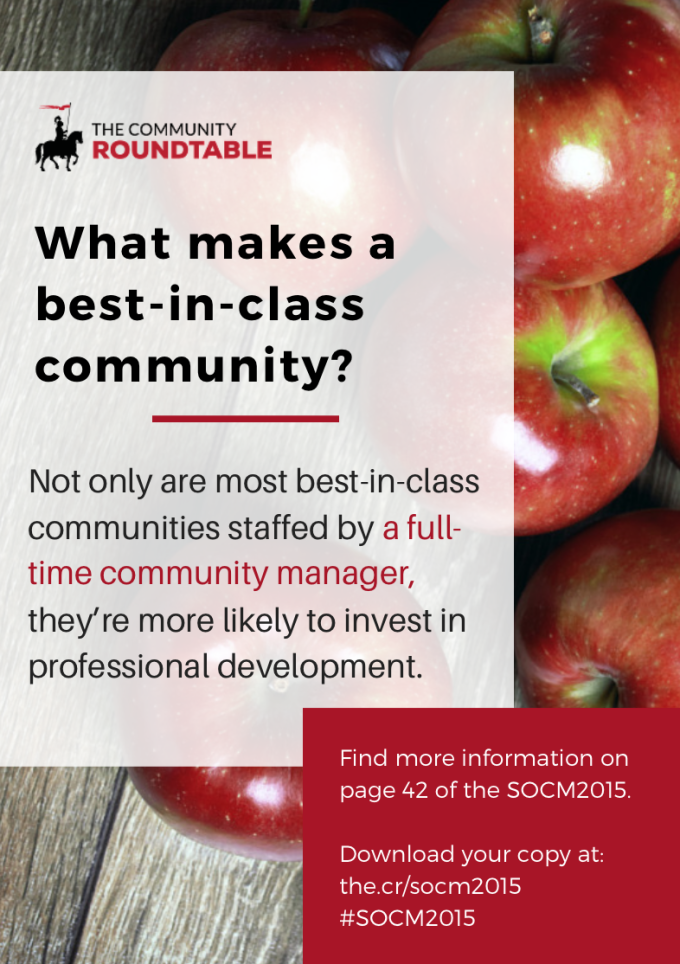
But there’s a second level to investing in those who run your community – and that’s investing in training and development of your community professionals. Again, a wide majority of communities invest in training for their community teams, but a quarter of communities with full-time community managers said they paid for no community manager training in the past year. That number was surprisingly consistent for communities across platforms, use cases, community sizes and industry, meaning massive customer communities on expensive, powerful platforms were about as likely to go through the year without training as those in smaller, less platform intensive communities.
There were two notable exceptions. Communities with formal advocacy programs were also more likely to provide training for the community team. And Stage 3 communities were far more likely to invest in training their community team than Stage 1 communities – 85% to 48%. Want to get your community to grow and mature? The research suggests investing in your community team is a powerful way to go.
Want to invest in your community’s potential? TheCR Network provides professional development opportunities for hundreds of community professionals year-round. Learn more at https://communityroundtable.com/TheCRNetwork.
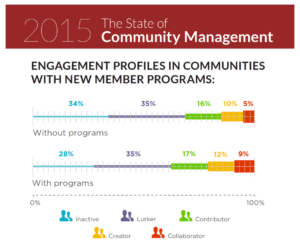 In the SOCM, we note that not only do communities that have new member programs get higher engagement levels than those without, we note that there are a few new member approaches that get the highest engagement levels – personal emails, video tours and welcome calls. (
In the SOCM, we note that not only do communities that have new member programs get higher engagement levels than those without, we note that there are a few new member approaches that get the highest engagement levels – personal emails, video tours and welcome calls. (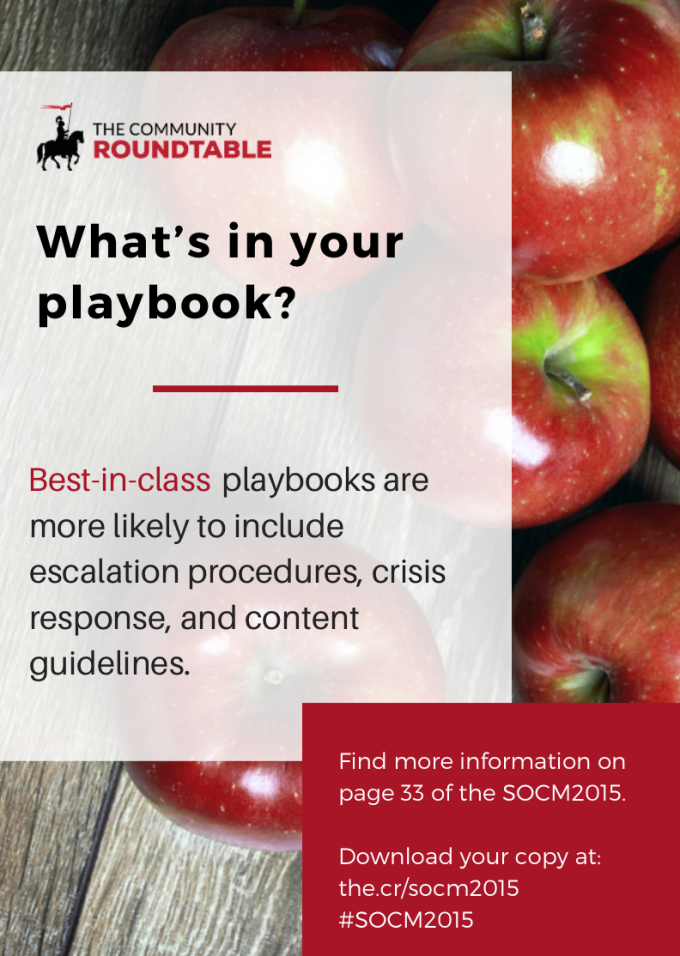
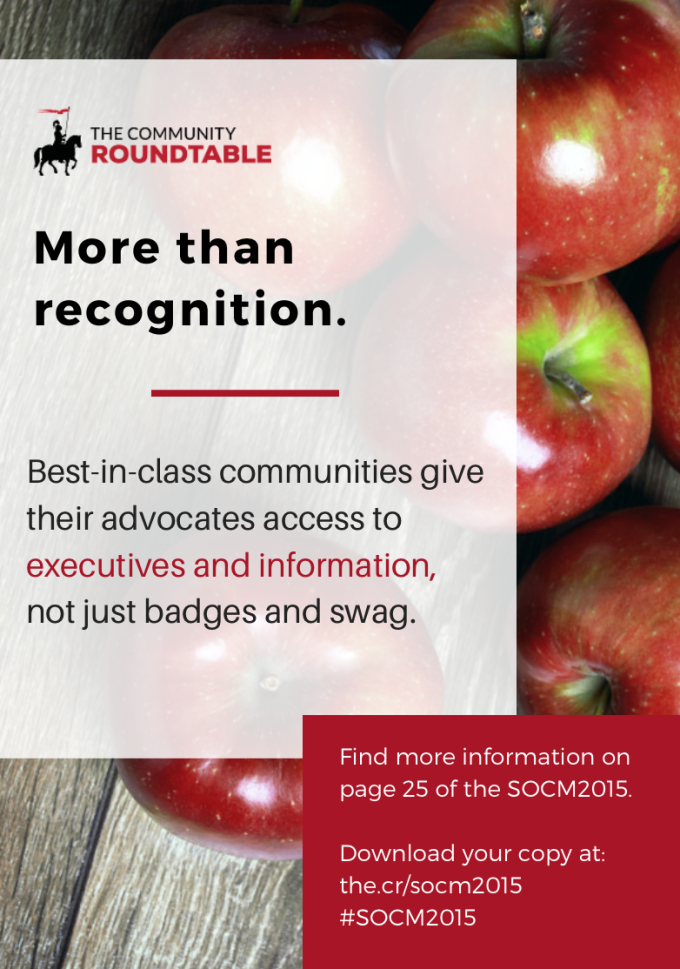
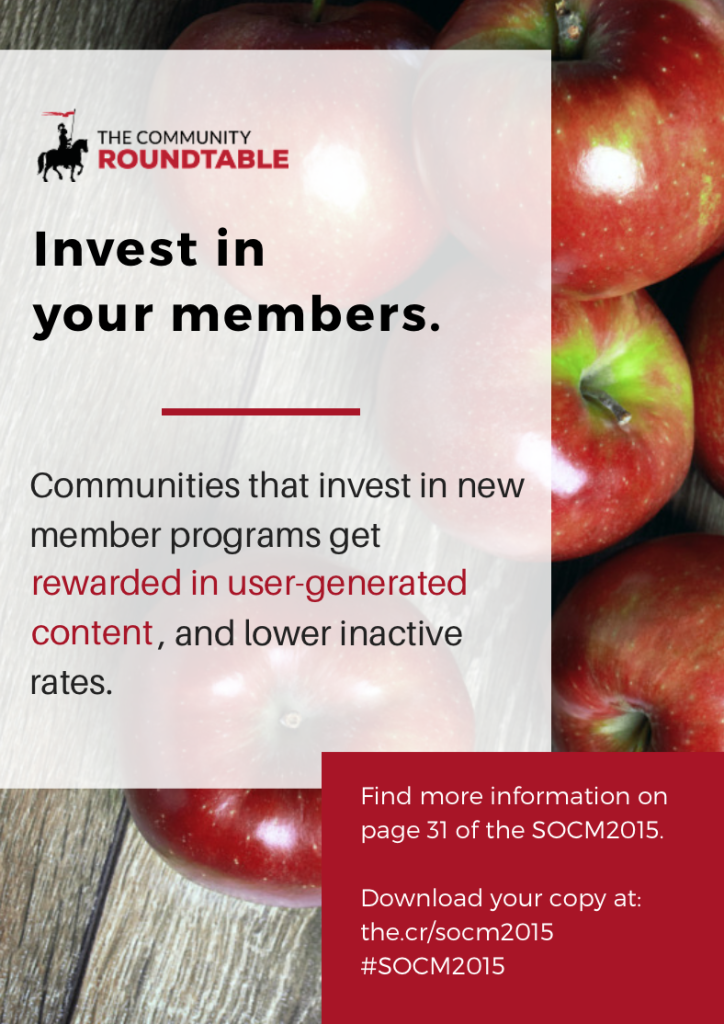
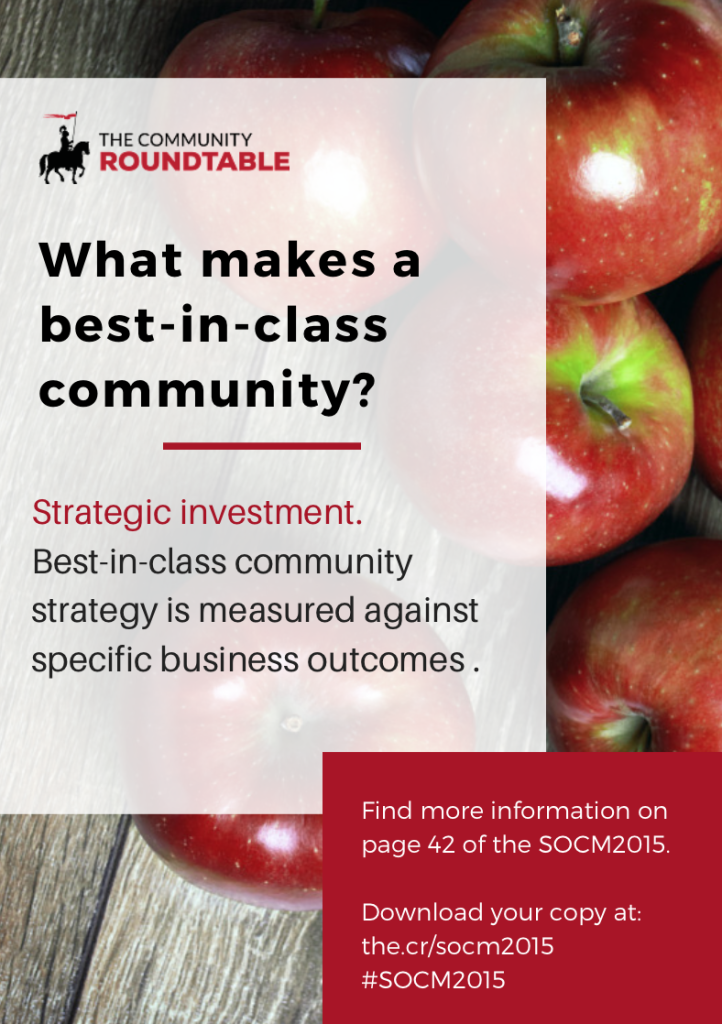
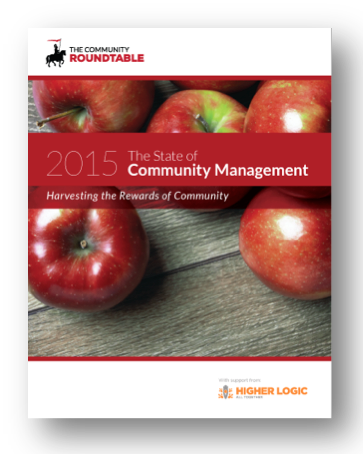 It’s been a busy three weeks since we released
It’s been a busy three weeks since we released 